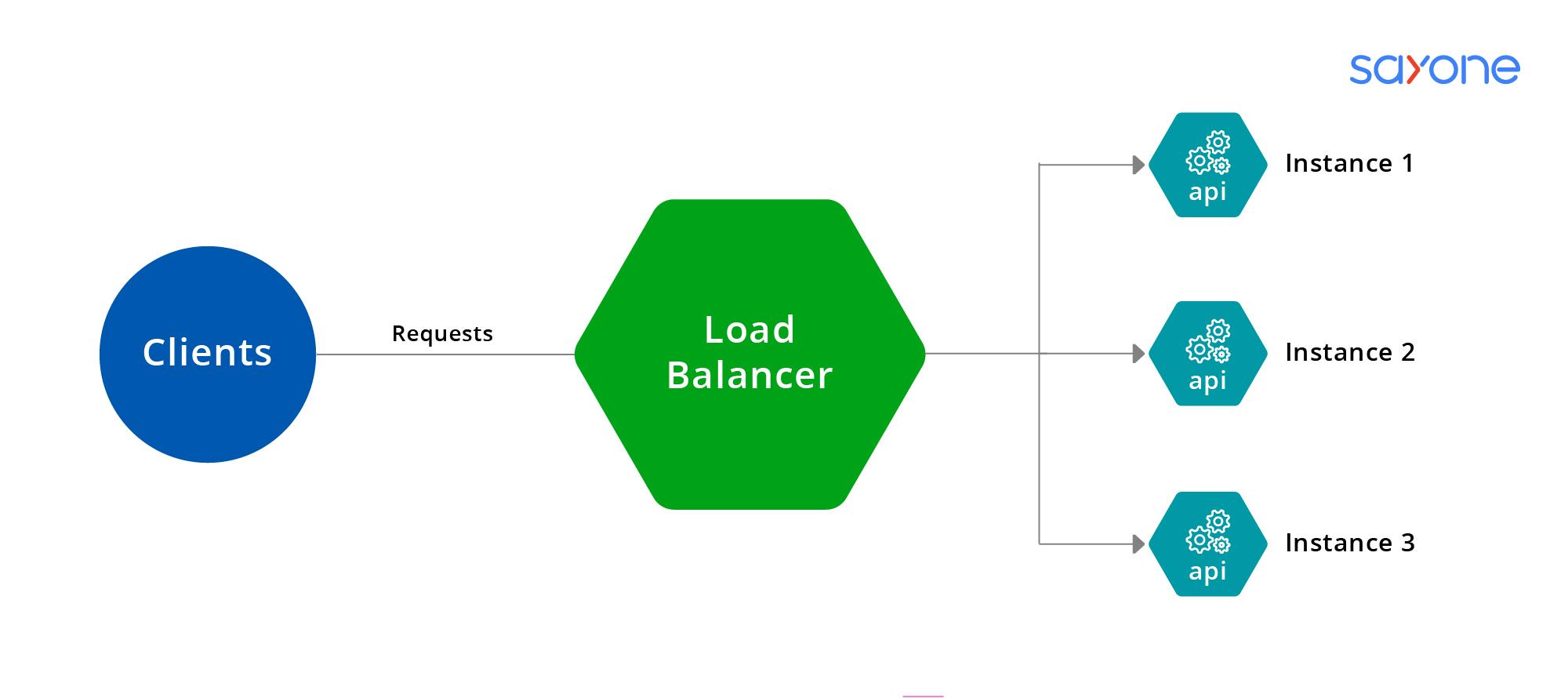The Importance of Load Balancing in Microservices
Load balancing is the unsung hero of modern application architecture. Think of it as a traffic cop at a busy intersection, managing the flow of requests to ensure that no single server is overwhelmed while others are left twiddling their thumbs. With microservices, where applications are broken down into smaller, manageable pieces, effective load balancing is crucial for optimal performance.
- Scalability: Load balancing allows you to easily scale your services as demand grows. If a sudden influx of users hits your application, the load balancer can distribute the incoming traffic across multiple service instances, ensuring a smooth user experience.
- Reliability: By spreading the load, any single point of failure is mitigated. If one service instance crashes, the load balancer can redirect traffic to healthy instances, keeping your application online and customers happy.
- Flexibility: Load balancers can accommodate different types of traffic, allowing for seamless integration of new microservices without disrupting existing operations.
Microservices: A Game-Changer for Development
In the brave new world of software development, microservices have revolutionized how we build applications. They allow developers to create independently deployable services that communicate over well-defined APIs, making the entire ecosystem more robust.
- Efficiency: Developers can work on different services simultaneously, leading to faster production cycles.
- Resilience: If one microservice goes down, it doesn’t bring the entire application crashing down with it. Resilience becomes a part of the architecture.
- Technology Agnostic: With microservices, there’s no need to be tied to a single technology stack. Teams can choose the best tools for each service, enhancing overall performance.
UI/UX: The Heart of User Interaction
No matter how brilliantly designed your backend or how smart your microservices are, all efforts can be wasted if users are left feeling bewildered. This is where UI/UX design bursts onto the scene like a superhero, saving users from frustration with well-structured experiences.
- Intuitive Design: A user-friendly interface allows users to navigate through your application effortlessly, making them more likely to return—essentially turning casual visitors into brand loyalists.
- Consistency: Your UI should maintain consistency, not only to foster usability but also to reinforce brand identity. Think of it as your branding’s friendly handshake with users.
- Feedback Loop: Gathering user feedback continuously is vital. Understanding how users interact with your UI aids in refining the experience over time.
Programming: The Backbone of Everything
At the heart of every great application lies the art and science of programming. It’s the coding that breathes life into ideas and dreams, crafting functionalities from the ether of imagination.
- Choose Wisely: Different programming languages shine in different scenarios. Selecting the right language for your microservices can play a critical role in their efficiency and scalability.
- Code Quality: With microservices being small and deployable independently, maintain high standards of code quality to ensure that your application remains maintainable and adaptable.
- Testing: Automated testing isn’t just a good practice; it’s essential. With the intricate dance of microservices, you want to catch issues before they imp...






